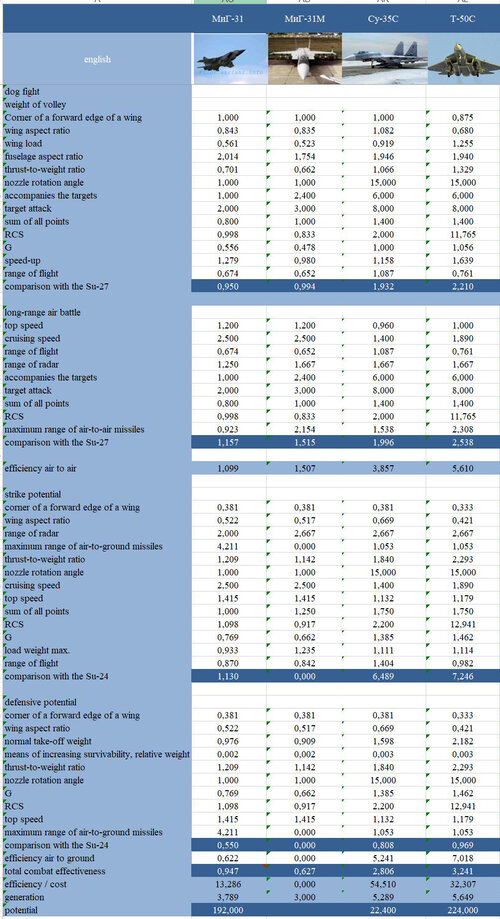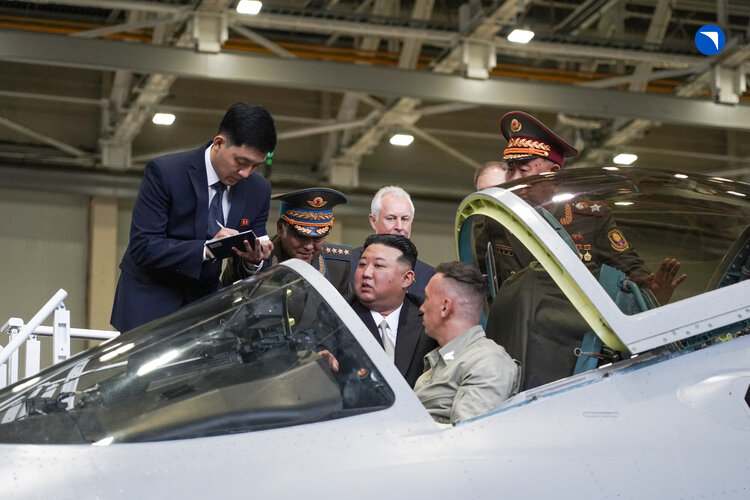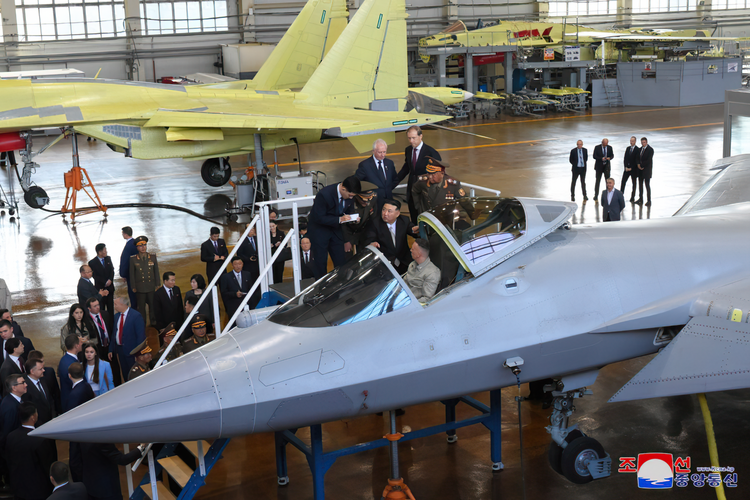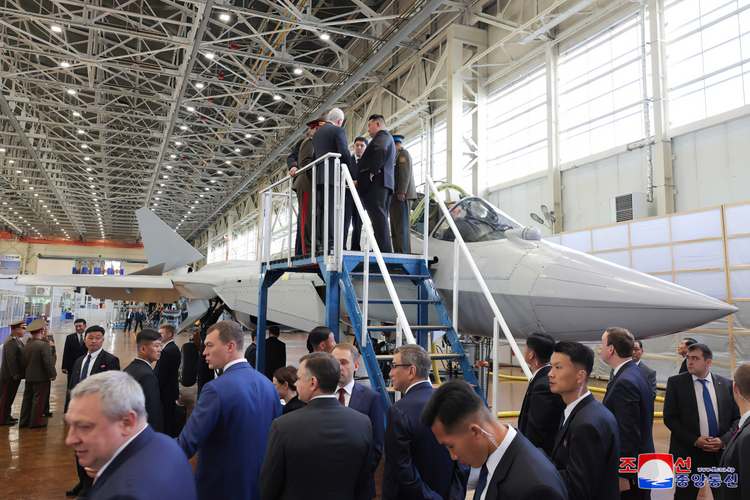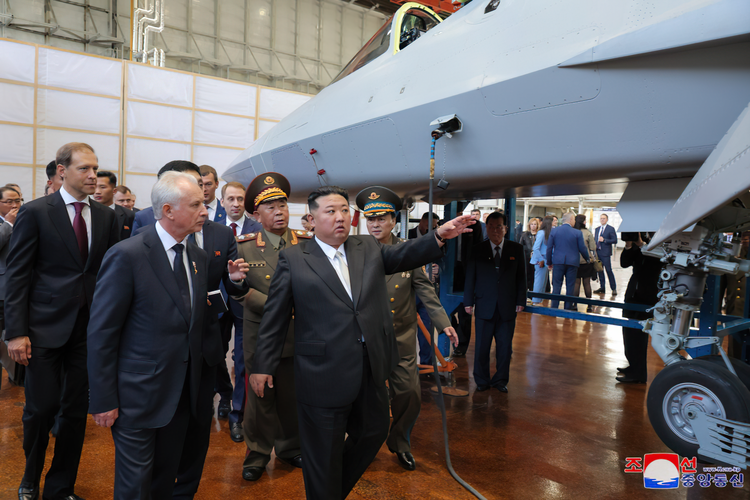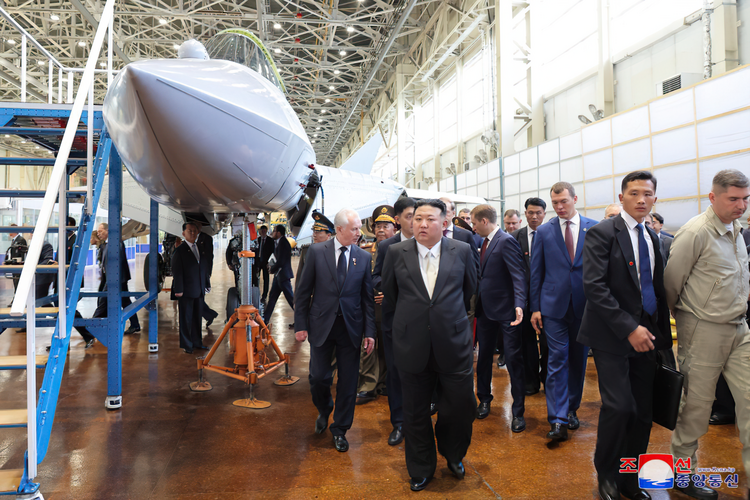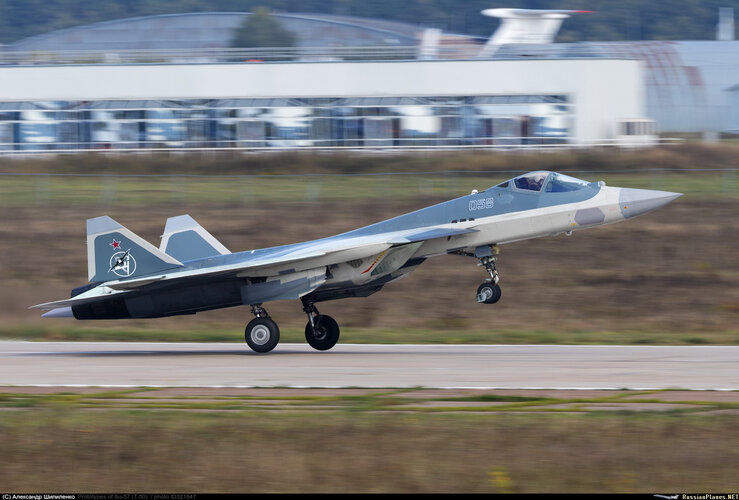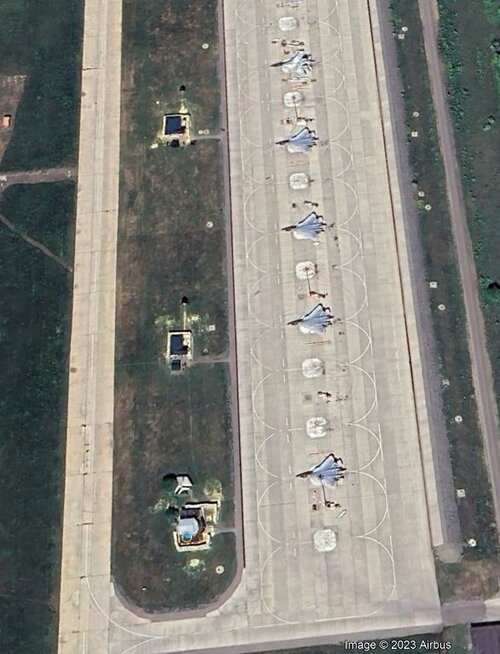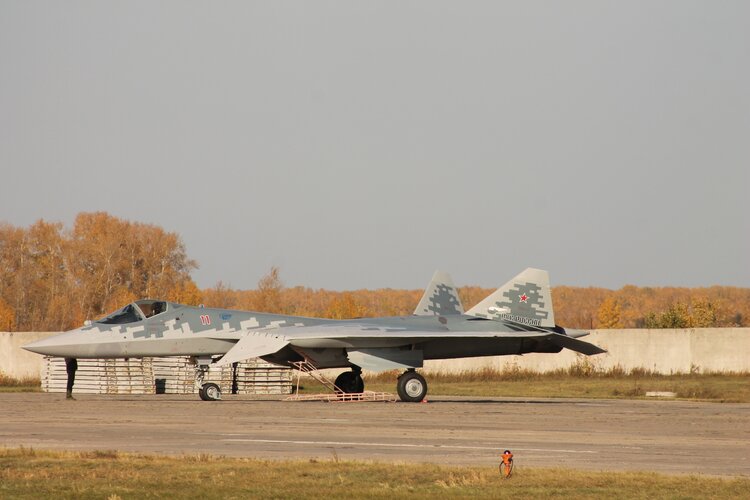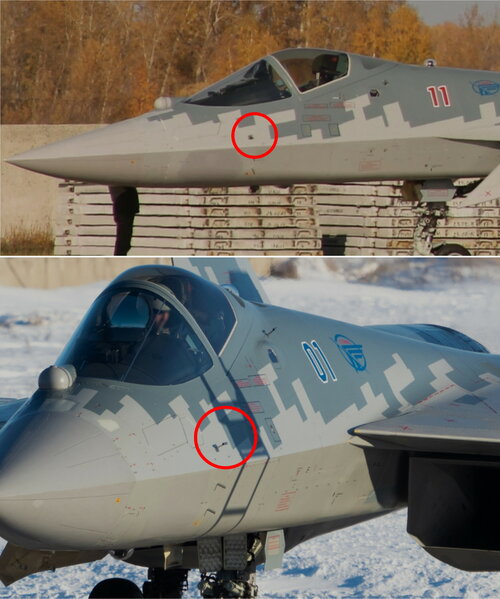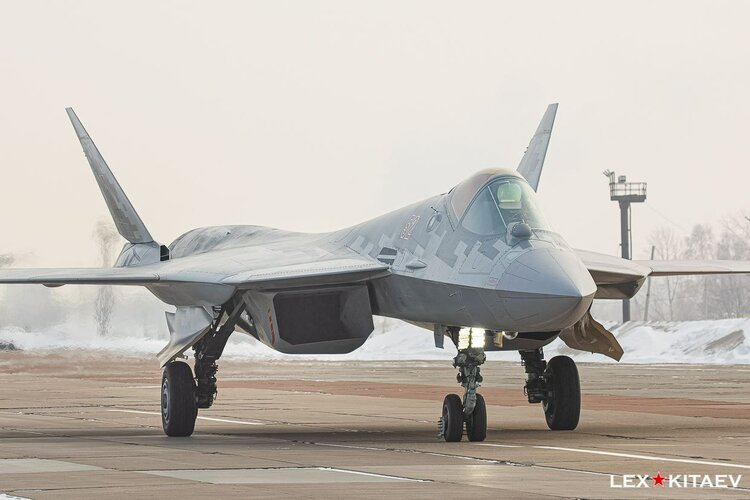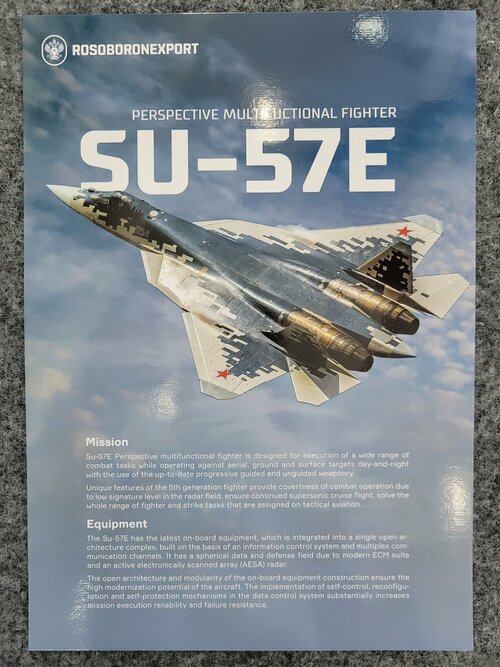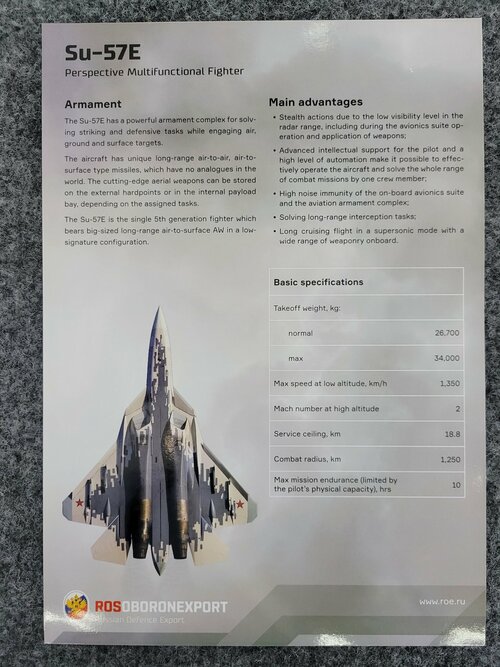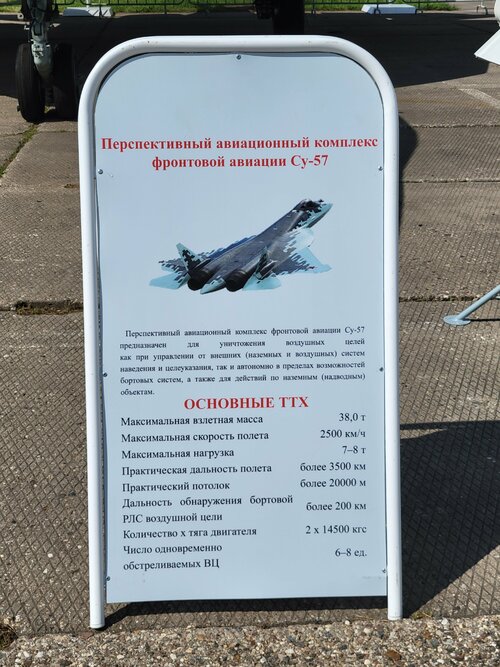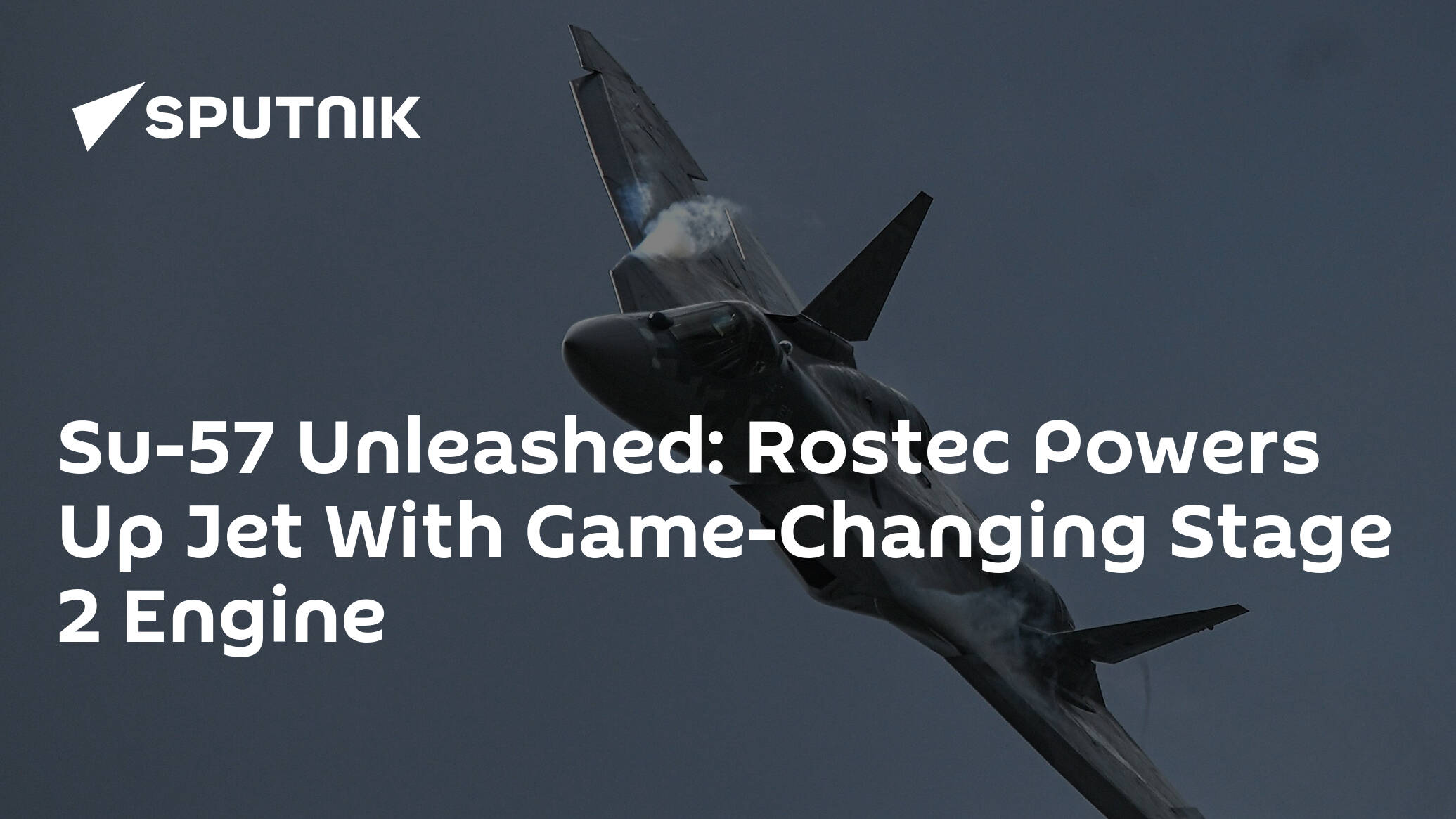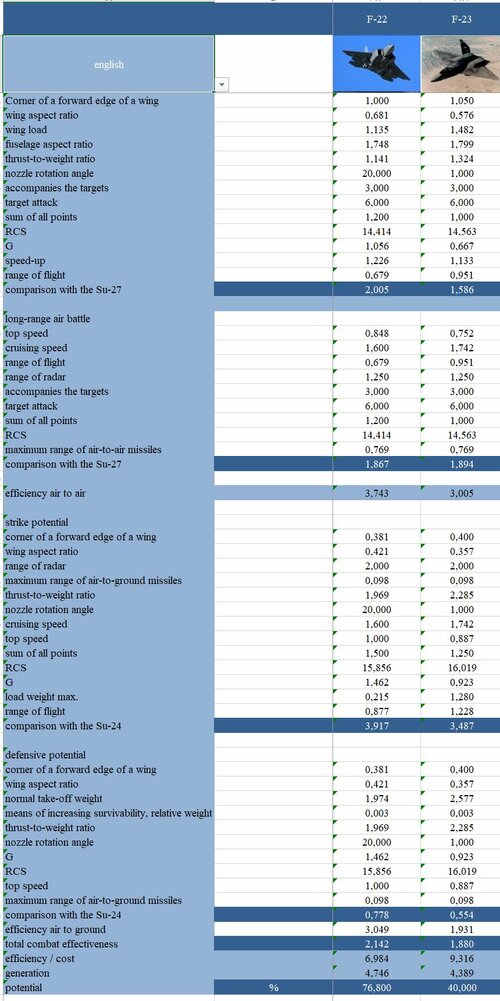- Joined
- 27 December 2005
- Messages
- 17,785
- Reaction score
- 26,803
I’m frankly being charitable here. Marchukov stated that the Su-57 with the AL-41F1 does not achieve supersonic cruise without afterburners. Given that the Su-35 with the AL-41F1S attained Mach 1.1 without afterburners, I presumed that the Su-57 is capable of achieving the same, and that supersonic cruise refers to speeds beyond transonic region (Mach 0.8-1.2), hence Mach 1.3 or so.
Isn't it possible it might need afterburner to punch through the drag rise around Mach 1.0 but drag reduction above the transonic region could allow a certain degree of supercruise with afterburners off? I think that was suggested for the Eurocanards.


